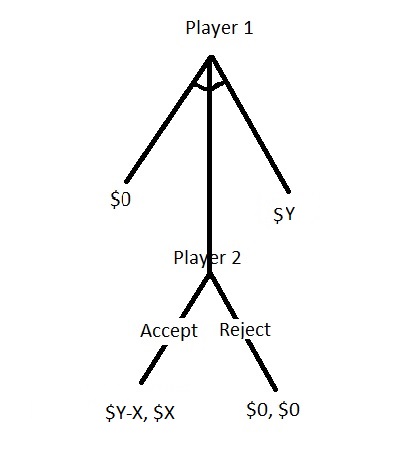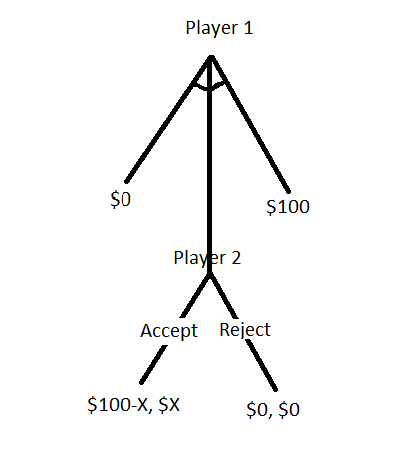The Responsibility Bias
It is a commonly observed phenomenon where people claim more credit for their contributions to collecting activities than they deserve. Examples are partners taking more than 50% credits inside marriage relationships, award-winning personalities resisting giving enough credits to their collaborators etc.
The person I see every day
Responsibility bias does not necessarily emerge out of the evilness of an individual. However, it is exacerbated by their ego – too much focus on themselves. Understandably, the quantity of information that a person has on herself is more than what she has on other people. And if she fails to recognise that fundamental disparity, she is expected to make the mistake of shunning others.
Perspective thinking
Noticing and acknowledging the contribution of others requires deliberate effort. One of the techniques is to deliberately consider the members in the group as individuals, not just the ‘rest of the group’.
This is what Caruso and Bazerman at Harvard observed this phenomenon in their investigations on perspective-taking with academic collaborators. They selected articles with three to six authors from five journals, and questionnaires were sent to the writers asking about their experience with the author group.
The questionnaire was divided into 2: 1) self-focused, in which the receivers were asked to write about their contribution (in percentages), and 2) other-focused, in which the subject was first given a task to write down the names of the co-contributors and then about their contributions, including themselves. As a measure, the participants were asked two questions: 1) how much they enjoyed the work and 2) if they were willing to collaborate on a future publication.
As predicted by the investigators, on average, the self-focused group had allocated a higher responsibility to themselves compared to the other-focused.
References
The costs and benefits of undoing egocentric responsibility assessments in groups: Caruso and Bazerman
Give and Take: Adam Grant
The Responsibility Bias Read More »

